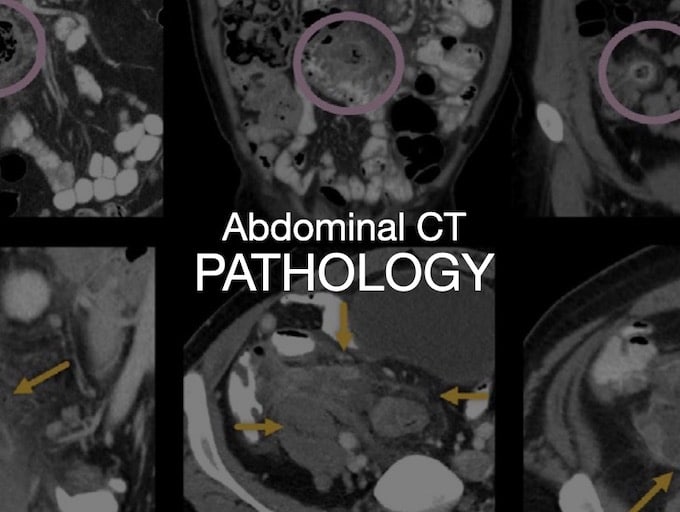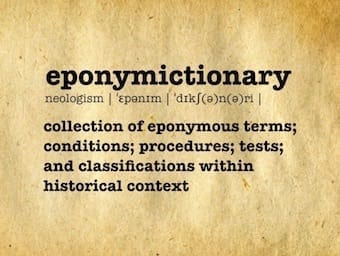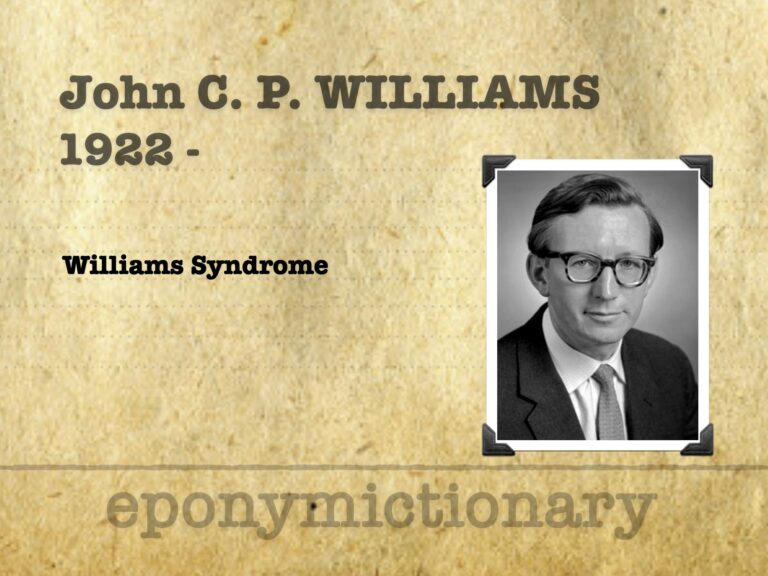
Abdominal CT: small bowel obstruction
Abdominal CT: small bowel obstruction. Diagnosing small bowel obstruction examining bowel dilatation, transition point and faecalisation

Abdominal CT: small bowel obstruction. Diagnosing small bowel obstruction examining bowel dilatation, transition point and faecalisation

Abdominal CT: appendicitis. Identifying acute appendicitis, perforated appendix and abscess formation

Many cancer staging studies are performed with a single portal venous phase examination. However, there are several cancers that require multiphasic exams

To make sense of CT exams, we need to understand what happens after we inject IV contrast and how it results in tailored CT examinations

Wilhelm Löffler (1887 – 1972) was a Swiss physician. Löffler is eponymously associated with two clinical manifestations of eosinophilia which he described: transient pulmonary infiltrates with eosinophilia (Löffler syndrome, 1932) and endocarditis parietalis fibroplastica (Löffler endocarditis, 1936).

Löffler (Loeffler) syndrome is a transient, self-limiting, and benign pulmonary eosinophilia, characterised by pulmonary opacities on X-ray, elevated blood eosinophils and an acute onset of potential symptoms of mainly cough and dyspnoea.
Jean-François Calot (1861-1944) was a French surgeon. Eponymously associated with Calot’s Triangle (cystohepatic triangle) (1890)

John Cyprian Phipps Williams (1922 - ) New Zealand cardiologist. Eponymously remembered for Williams syndrome (1961)

Abdominal CT: Windows advanced. How do I adjust the window settings to evaluate ANY structure?

Abdominal CT: Windows basics. Changing the window settings and reviewing soft tissue, bone, and lung windows

Abdominal CT: Measuring attenuation. We can use attenuation to interrogate the images for fluid, masses and fatty infiltration

Abdominal CT: Planes. How is CT different from X-ray? What are the Computed Tomography planes - axial, coronal, and sagittal